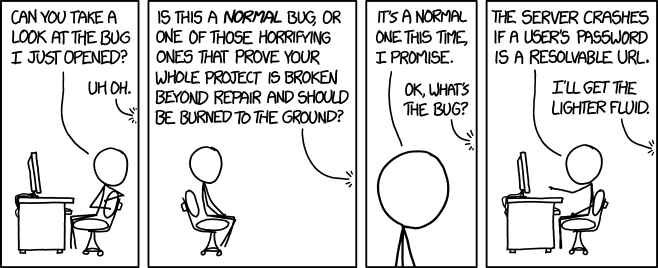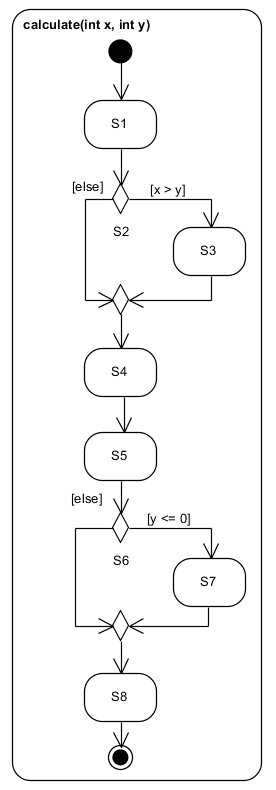

|
Software Verification
An Introduction to Code Reviews and Testing |
|
Prof. David Bernstein
|
| Computer Science Department |
| bernstdh@jmu.edu |




